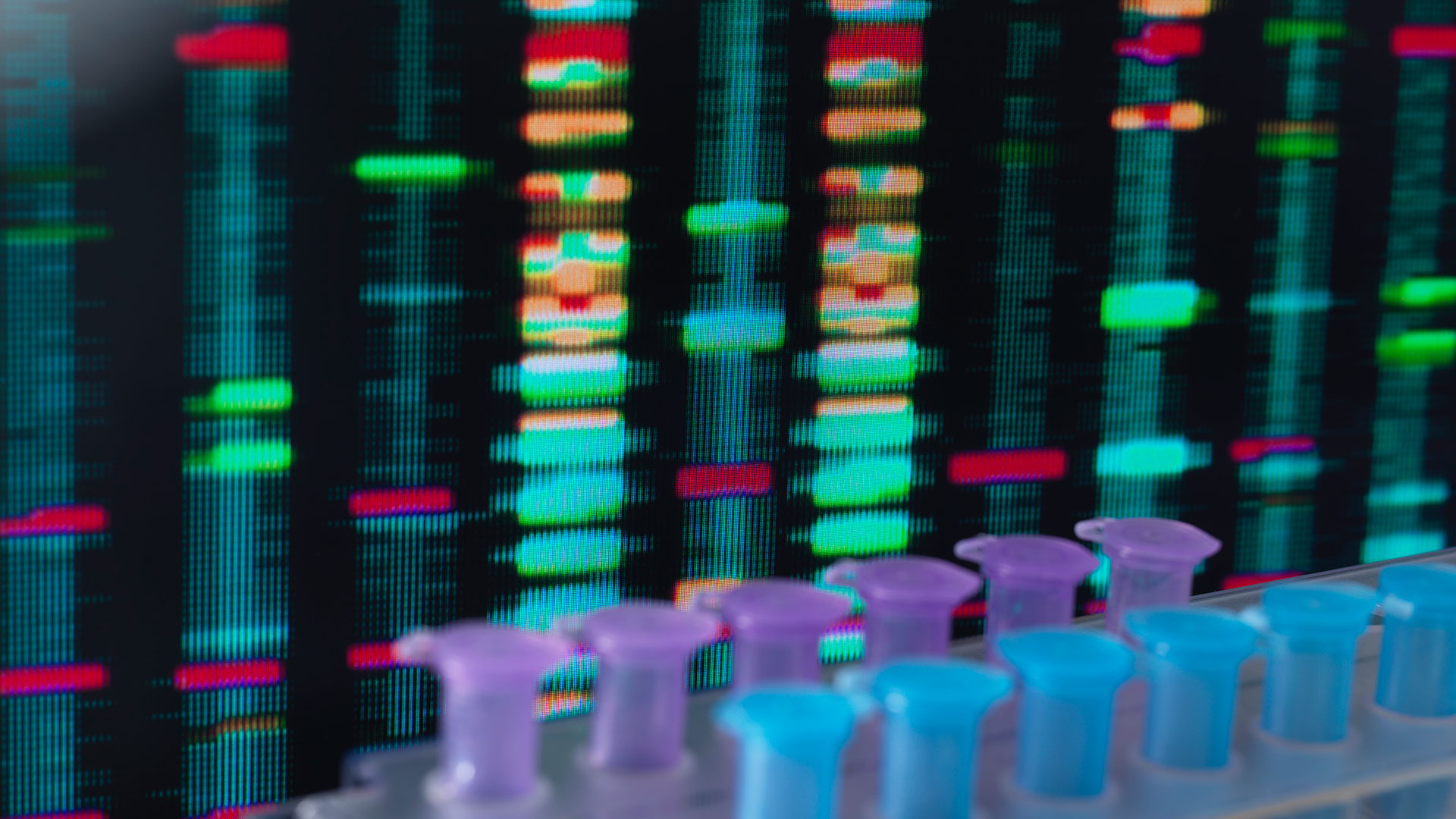What you need to know about the new FDA-approved at-home breast cancer risk screening.
In an age when most people in the United States can have almost anything delivered to their doorstep in only a few days — or even hours — it makes sense that this is spilling over into the medical and health care field. From apps and wearable devices that track everything from the number of steps you take each day to your days of peak fertility, health care — or at least health monitoring — is increasingly being done at home. Today, the Food and Drug Administration propelled this trend further by approving an at-home test for three breast cancer gene mutations.
The direct-to-consumer testing kits are made by 23andMe — a company better known for their at-home testing kits to help a person determine their genetic ancestry. Though they already offer other health-risk reports on your genetic data — including testing for markers associated with conditions like celiac disease and Parkinson’s disease — this is the first time any DNA testing company has received FDA approval for cancer risk screening.
Here’s what you need to know about these tests:
The results are not comprehensive
There are more than 1,000 known BRCA gene mutations; the 23andMe kit tests for three of them. The potential problem here is that people may take the test and not have these three gene mutations, but may have others, meaning they are still at risk for breast cancer.
On top of that, the FDA stresses that “most cases of cancer are not caused by hereditary gene mutations but are thought to be caused by a wide variety of factors, including smoking, obesity, hormone use and other lifestyle issues.” In other words, these test results are only one small part of a larger picture.
It tests for more than breast cancer
Through a self-collected saliva sample, the test report indicates whether a woman is at an increased risk of developing breast and ovarian cancer. It also can be useful for men, testing their risk of developing both breast and prostate cancer.
It is most useful for one group in particular
The three gene mutations included in the 23andMe test are those that are most common among people of Ashkenazi (Eastern European) Jewish descent. They are not, however, the mutations most prevalent in the rest of the population.
They come with a lot of caveats
According to Donald St. Pierre, acting director of the Office of In Vitro Diagnostics and Radiological Health in the FDA’s Center for Devices and Radiological Health, these tests are “a step forward in the availability of DTC genetic tests” — especially for those who may not otherwise have access to genetic screening — but also come with “a lot of caveats.”
“While the detection of a BRCA mutation on this test does indicate an increased risk, only a small percentage of Americans carry one of these three mutations and most BRCA mutations that increase an individual’s risk are not detected by this test,” he explains in a statement. “The test should not be used as a substitute for seeing your doctor for cancer screenings or counseling on genetic and lifestyle factors that can increase or decrease cancer risk.”
They do not replace working with a doctor &/or genetic counselor
Ideally, even those who take at-home tests like the one by 23andMe consult with their doctor and/or a genetic counselor about which tests would be best for them and how to handle the results. Traditionally, the available screening for BRCA genes costs somewhere between $400 to $4,000, so this new $199 option from 23andMe does make it more accessible. While that, on the surface, is a good thing, it also may result in people receiving and processing test results on their own instead of with a medical professional.
The FDA also stipulates that consumers and health care professionals “should not use the test results to determine any treatments, including anti-hormone therapies and prophylactic removal of the breasts or ovaries.” With celebrities like Angelina Jolie and Christina Applegate opting to have major surgery to mitigate their risk of developing various cancers, it has brought this course of action to the forefront — even if it’s not necessarily the best idea for everyone.
The bottom line is that while this at-home test could be a helpful cancer-screening tool, anyone who uses it should be aware of its limitations and seek professional medical attention and advice as necessary.












